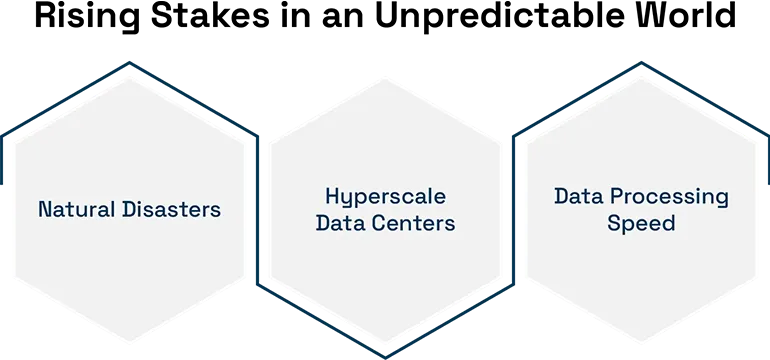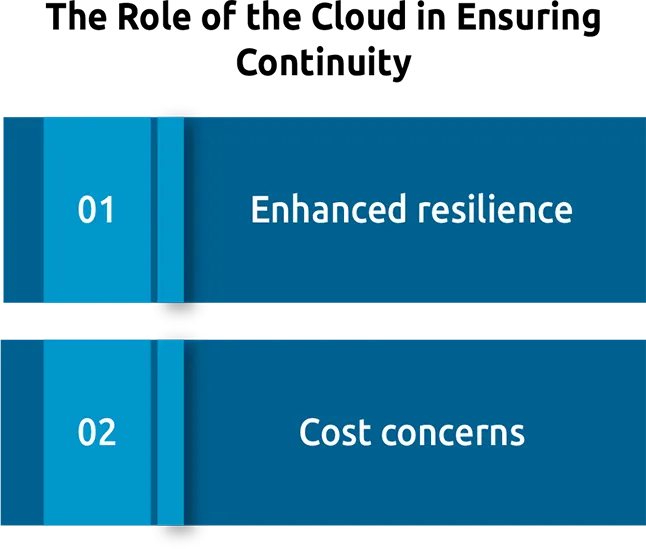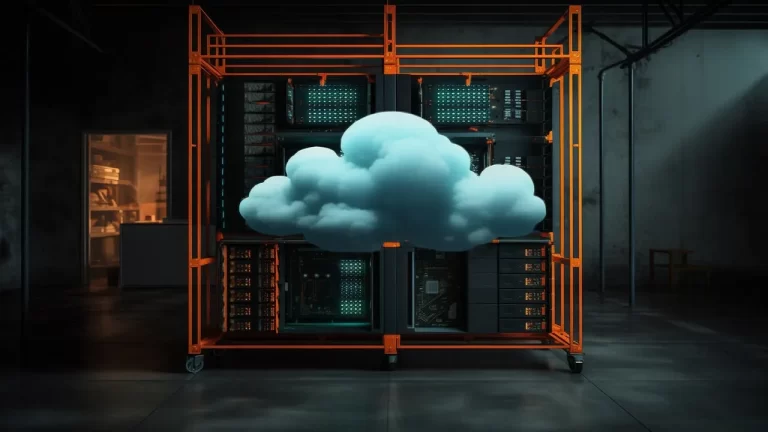When the world is on fire, flooding, storming, or under an earthquake, the war is not only in achieving higher speed or storage, but in innovative data centers. It’s about survival. Contingency planning and the capability of a data center to continue to function during and after a disaster have become the test of how resilient an infrastructure is. Because cloud computing is now the basis of digital life, it is important to develop the means for the data centers in the cloud computing environment to be secured against such adversities of nature.
Rising Stakes in an Unpredictable World
Natural disasters are no longer rare or regionally isolated. According to NOAA of United States, there has been significant rise of billion-dollar climate disasters in United State Straight from an average of 6.7 per year in 2000s, the number of billion-dollar disasters is crossing two figures in recent years With the digital economy deeply tied to data availability and uptime, a single compromised database center can impact everything from healthcare and financial services to emergency response systems.
The scale of operations run by hyperscale cloud computing data centers makes this even more urgent. Such immense and difficult structures, which are usually managed by the leading IT giants, are designed to process petabytes of data per second. This is because a break down that lasts even a few minutes can significantly harm consumers trust and financial health.

Designing for Disaster
Building resilient cloud service provider data centers requires a multidimensional strategy. It begins with geography, locating data centers away from known seismic faults, flood zones, or wildfire-prone areas. However, with climate unpredictability on the rise, no location is truly immune.
That’s where structural integrity, failover systems, and redundancy come into play. Modular designs, backup power from sustainable sources, and advanced cooling systems are becoming standard. These innovations reflect growing data center sustainability trends, where eco-conscious resilience is the goal. Even backup networks are now supported by multiple fiber routes to prevent transmission issues during emergencies.
Facilities are also evolving with smarter automation. Emerging technologies such as Grok AI can monitor environmental indicators in real-time, allowing early warning alerts and automatic shutdowns or rerouting to minimize damage. Meanwhile, digital twins and predictive analytics help simulate disaster scenarios, enabling operators to proactively strengthen their infrastructure.
The Role of the Cloud in Ensuring Continuity
The move toward cloud-based data centers gives some built-in advantages when it comes to resilience. For one, workloads can be distributed across various zones or even countries. If one site is compromised, others pick up the slack.
This kind of flexibility that is enabled by the robust data center cloud network is at the heart of disaster preparedness. Redundancy in public cloud data centers, for example, means that critical services are never entirely at risk. The virtual data center in the cloud computing model allows organizations to spin up instances in safer regions almost instantly, ensuring minimal service disruption.
Moreover, cloud computing centers can automate data replication, regular backups, and failover systems without significant manual intervention. This layered resilience means businesses don’t just bounce back, they keep running even in crisis mode.

Trends Shaping the Resilient Future
The ability to withstand disasters is shaping modern data center industry trends. One major shift is the rising investment in virtual machines and decentralized architecture. Distributed systems aren’t just efficient; they also lower the risk of complete failure.
Another major movement lies in edge computing. By placing data closer to the source such as in remote edge facilities, organizations reduce their dependency on single, large-scale locations. This reflects broader data center trends where smaller and more responsive facilities become part of the overall strategy.
Sustainability is also a key driver. As disaster frequency increases, there’s a push to integrate renewable energy, energy-efficient hardware, and green building materials. These choices are not just about the planet; they also ensure operational longevity under strain.
Capacity, Network, and Documentation
Disaster resilience is also a question of capacity and preparedness. Facilities must account not only for regular loads but also for spikes during crises. The underlying network infrastructure must support rerouting, increased demand, and secure connections across vast geographies.
Clear, detailed docs outlining disaster recovery procedures, escalation protocols, and restoration processes are important. And not just for internal teams. clients using public storage or critical cloud applications must understand what to expect during a disruption.
Leading cloud computing businesses now provide real-time dashboards, incident communication tools, and dedicated recovery teams to maintain confidence during these events. These actions show a deep reliance on transparency and accountability, which are two values that only strengthen the relationship between provider and user.
Conclusion
The new frontier of data resilience is not simply getting through the disaster but rather coming out stronger and wiser afterward. Therefore, with the growth of digital needs and changes in conditions in the Earth’s atmosphere, it becomes not only wise but mandatory to incorporate the opportunities of data centers and cloud computing.
From network design to capacity planning, from automation to transparent docs, the path forward lies in building smarter, stronger, and more sustainable infrastructures that are ready for anything nature throws their way.







